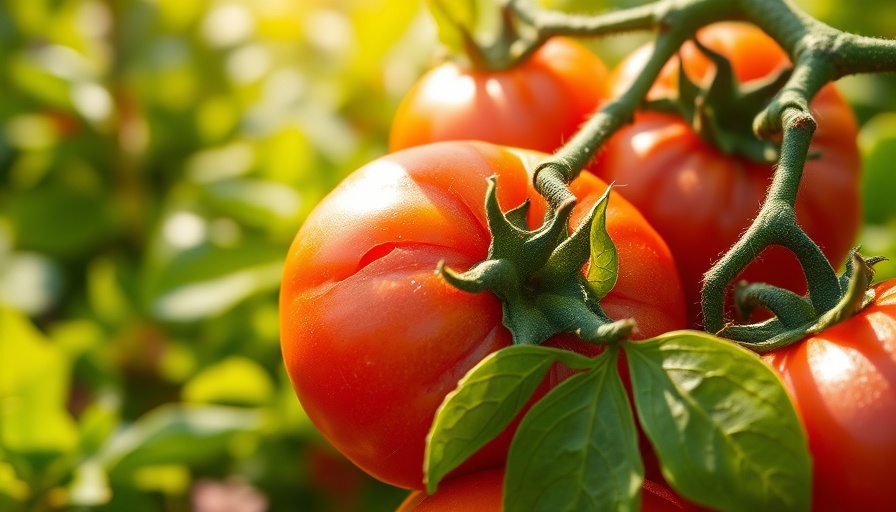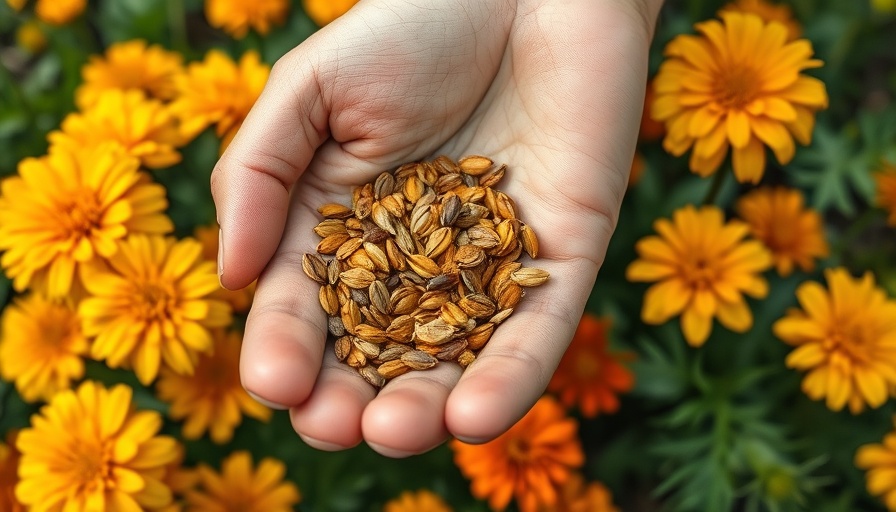
Introducing the Beauty of Clematis in Containers
Clematis vines are renowned for their stunning floral displays and impressive growth, flourishing both in gardens and as container plants. Growing clematis in pots not only allows for versatility in garden design but also opens up a world of color, textures, and forms that can elevate your outdoor space. With their climbing tendrils, these plants add a vertical dimension, making any corner of your yard enchanting.
Choosing the Right Variety for Container Gardening
The beauty of clematis lies in its variety. Whether you're drawn to the lush, evergreen types or the showy, large-flowered hybrids, there’s a cultivar to fit every gardener's needs. For pots, consider slower-growing shrub varieties that will maintain a compact habit without outgrowing their confines. Iconic choices like ‘Jackmanii’ with its striking purple blooms can be an attractive focal point in any garden.
Site Selection: A Key Element for Success
Understanding your growing environment is crucial. In hotter climates, clematis will benefit from afternoon shade to prevent stress. They thrive in locations receiving at least five to six hours of daily sunlight but be wary as excessive heat can lead to increased watering needs. Position your pots near support structures like trellises or fences to help these vines climb and spread their beauty.
Watering and Nutrient Needs: Keeping Your Clematis Thriving
One of the most vital aspects of container gardening is ensuring adequate moisture. Since pots can dry out more quickly than garden beds, regular watering is a must. Using high-quality, well-draining potting soil mixed with compost can provide essential nutrients while improving moisture retention. Remember to mulch around your plants to maintain hydration while simultaneously suppressing weeds.
Designing With Clematis: Creative Container Ideas
Using clematis in your outdoor décor opens endless design possibilities. From vertical gardens to hanging pots, these versatile plants can transform even small areas into lush retreats. Try combining different varieties in larger containers to create layered heights and diverse blooms or group them with other seasonal flowers for a captivating display. Incorporating landscape lighting ideas can further enhance their appearance in the evening when their flowers and leaves catch the light.
Seasonal Care: A Guide to Year-Round Growth
To keep your clematis performing at their best, understanding their seasonal needs is pivotal. During the growing season, regular feeding with a balanced fertilizer is beneficial. In winter, pruning becomes essential for many types to encourage robust blooms in the following year. Always consult specific care guides for your chosen variety to tailor your approach appropriately.
Going Eco-Friendly: Sustainable Container Gardening Practices
In the spirit of nurturing our planet, consider eco-friendly yard care practices while nurturing your clematis. Using organic fertilizers and natural pest control methods maintains your garden’s health without harmful chemicals. By integrating composting techniques, you can also create nutrient-rich soil amendments for your container gardens, promoting sustainable gardening practices.
Final Thoughts: Embrace Container Gardening with Clematis
Growing clematis in pots and containers not only enhances your garden visually but also enriches your gardening experience. With proper care and attention, these stunning vines can thrive, adding color and dimension to your outdoor living spaces. Start with one variety and explore the joy of growing these resilient and beautiful plants!
Call to Action: Ready for an outdoor transformation? Dive into container gardening with clematis and discover how to create your unique garden escapes. Don’t hesitate to experiment with different varieties and arrangements!
 Add Row
Add Row  Add
Add 




Write A Comment